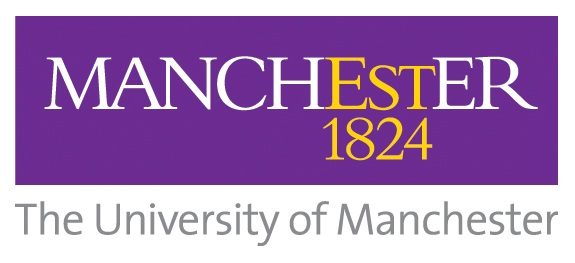Pharmaceutical Nanotechnology: Innovation and Production, Cornier, J., Owen, A., Kwade, A. and Van de Voorde, M. (eds.), Wiley-VCH, 2017 (1), 43-62
The emergence of nanopharmacy: From biology to nanotechnology and drug molecules to nanodrugs
Nanopharmaceuticals consist of a pharmaceutically active molecule or substance (“pharmacon”) adsorbed onto, conjugated to, or encapsulated within a nanoscale-based material, the size of which falls into a size range similar to intra-and extracellular biological structures. The principal goal of nanopharmacy is to create novel agents with improved therapeutic efficacy utilizing nanoscience. This can be achieved either by using novel therapeutic molecules (small molecules, proteins, peptides, nucleic acids) or by reformulating existing ones (i.e., poorly soluble drugs and antibodies). This chapter aims to offer an overview of how nanotechnology advances can impact the design and development of novel pharmacological agents and contribute to the emerging field of nanopharmacy.








